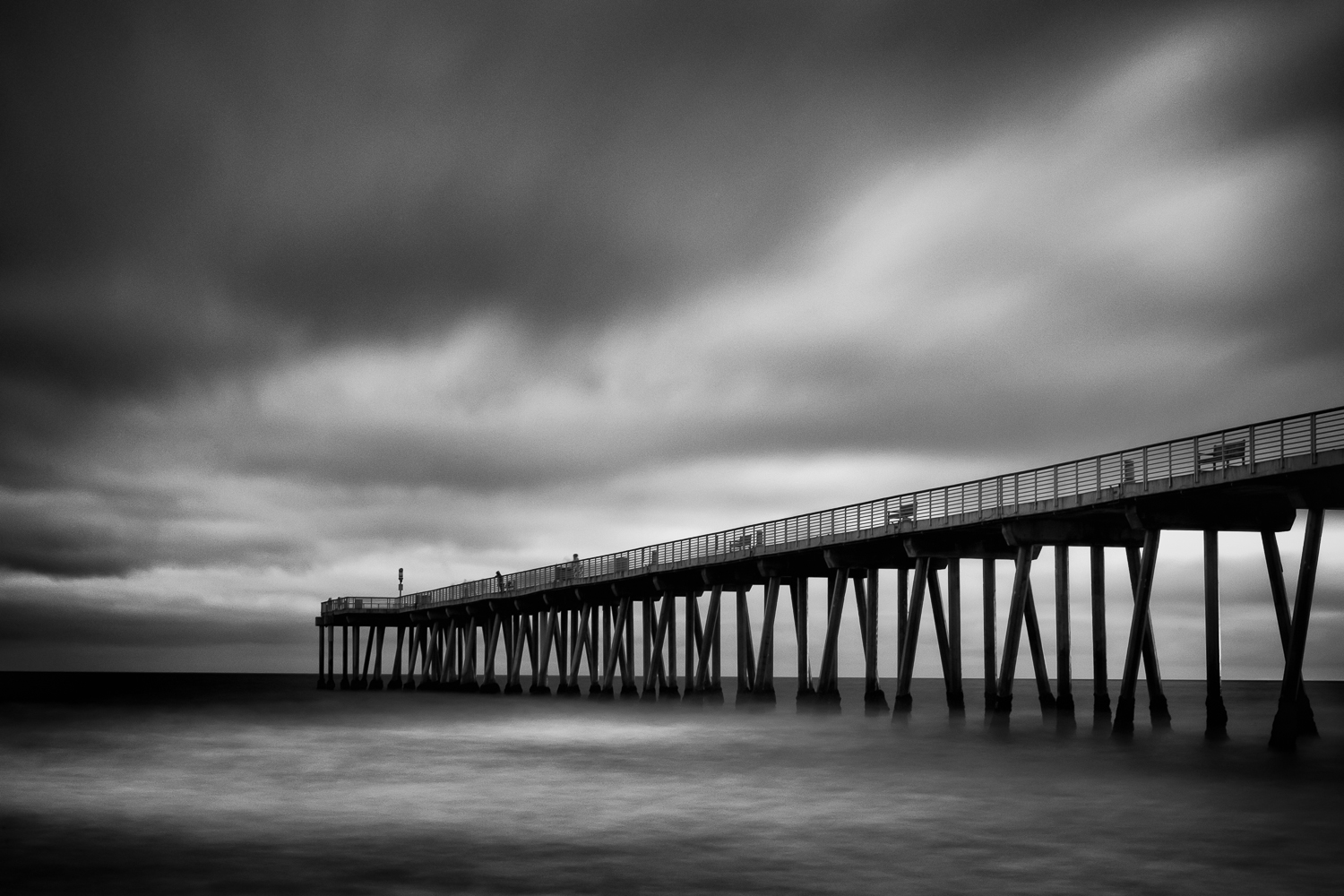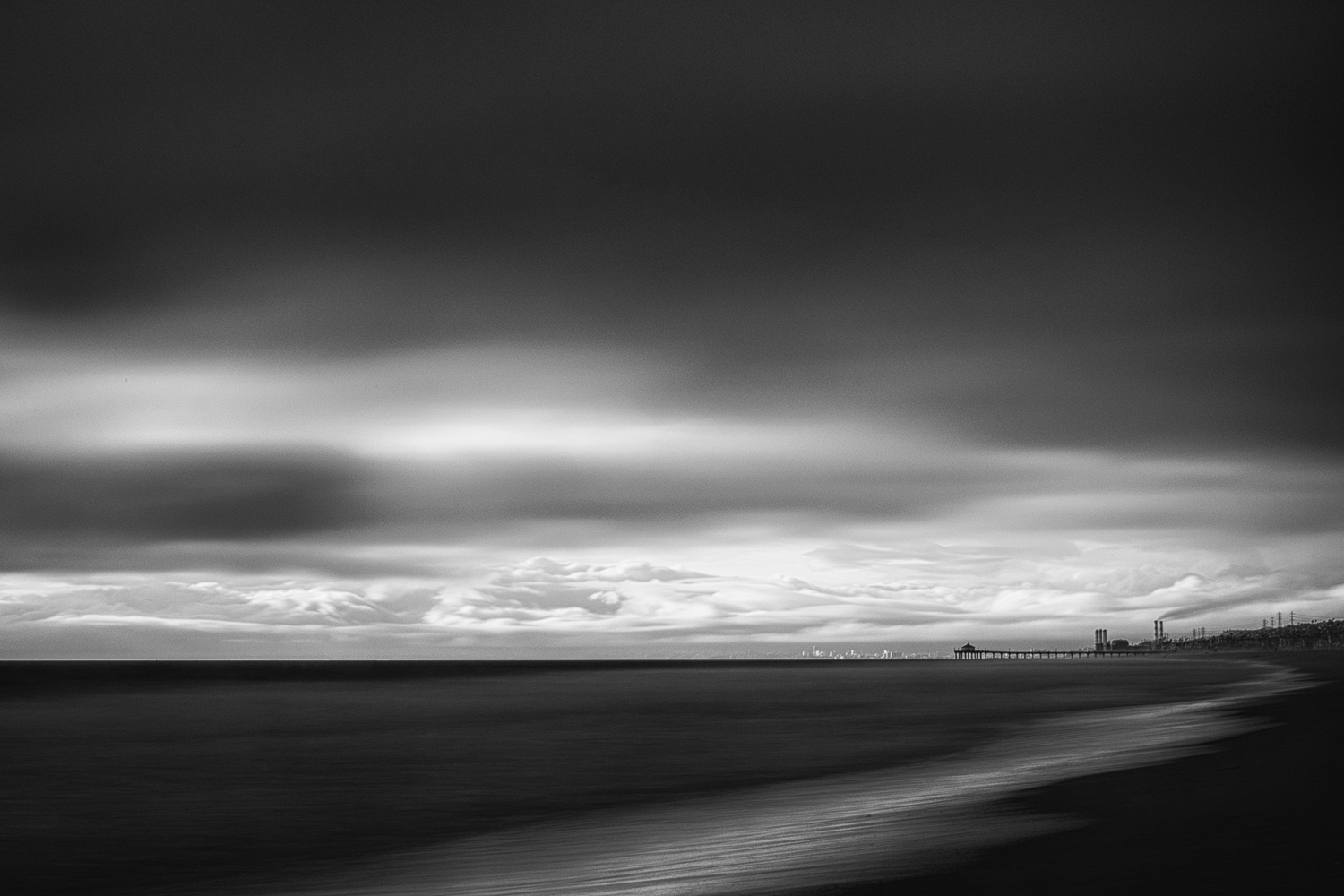Still struggling to find my creativity, I decided to take my own advice and turn to the work of others for some inspiration. While reading David duChemin's blog and looking through Josef Hoflehner's images, I realized how little I knew about shooting in the classic 1:1 aspect ratio. I must admit, even though I was on Instagram for a short while, I never really got swept up into the Hipstamatic/Instagram craze. Maybe it's because my love of photography didn't originate in the film days or maybe it's because I just don't care for the look of images processed in those apps. Whatever the reason, I haven't spent too much time thinking about how my images would look in a square format.
After reading David duChemin's thoughts on the Fujifilm XE-1, I realized that my X-Pro1 lets me shoot in a 1:1 aspect ratio using either the optical or electronic viewfinders. This realization immediately got me thinking about the things I could do to change my routine the next time I'm out shooting. My first thoughts include combining the square format with the various film modes available with the X-Pro1. At this point, the possibilities seem endless, which is a good thing. I just need to keep the wheels turning until I have a chance to go out to make some photographs. In the meantime, I decided to crop a few of the images I made last month of the San Clemente Pier in the 1:1 aspect ration to try and start seeing in the square format. Here are two of the photographs that I cropped and then converted to black and white using Silver Efex Pro 2. Stay tuned for more photographs from my new project, hopefully soon.







